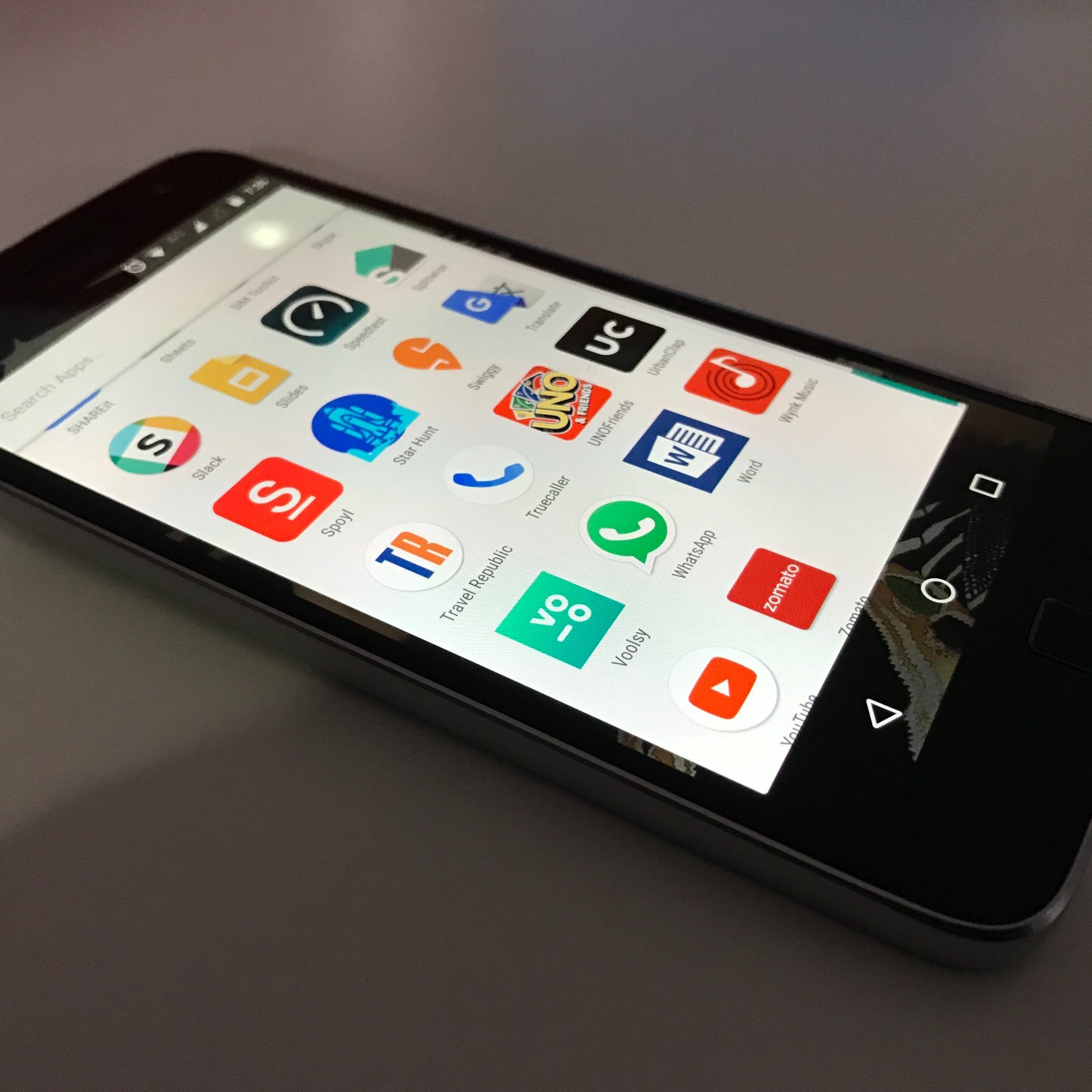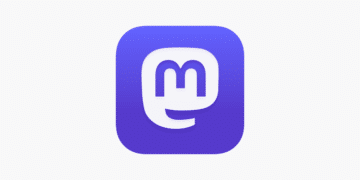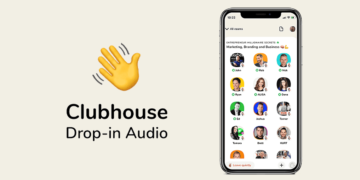A newly discovered data breach involving the spyware application SpyX has compromised the personal information of nearly 2 million users, including thousands of Apple customers. This incident marks yet another security lapse in the controversial stalkerware industry, where consumer-grade surveillance applications continue to pose serious risks to user privacy.
The breach, which was recently reported, has exposed sensitive user data, sparking concerns over the ethics, legality, and cybersecurity risks associated with such applications. While spyware tools are often marketed as legitimate monitoring solutions, they have been widely misused for unauthorised surveillance.
The SpyX Data Breach: Key Details
The breach in SpyX’s database has impacted approximately 1.97 million user records, including email addresses and account details. Security analysts discovered the breach contained information linked to not just SpyX but also related surveillance apps such as MSafely and SpyPhone.
Key Facts About the Breach:
- The breach was detected in March 2025, though the exposed data may have been compromised earlier.
- Affected users include both Android and iOS customers, with Apple users particularly impacted through compromised iCloud backup data.
- SpyX’s operators have not responded to requests for comments regarding the security lapse.
- This incident marks the 25th known breach involving a consumer-grade spyware provider since 2017.
With an increasing number of data leaks from stalkerware providers, cybersecurity experts warn that such breaches expose victims and perpetrators alike, further complicating the risks associated with spyware usage.
How SpyX and Similar Stalkerware Operate
SpyX is marketed as a mobile monitoring solution that allows users to track activity on Android and iOS devices. While some spyware vendors claim their products are intended for parental control or employee monitoring, many are used for unauthorised surveillance of spouses, partners, and individuals.
How SpyX Works:
- Android Devices: The software requires physical access to install and bypass security settings.
- Apple Devices: The software exploits iCloud backups to access call logs, messages, and location data.
- Stealth Mode: SpyX runs in the background, often without the knowledge of the device owner.
Given the covert nature of these applications, spyware has been associated with privacy violations, cyberstalking, and potential legal repercussions in various jurisdictions.
The Risks of Stalkerware and Data Breaches
Stalkerware applications like SpyX pose significant threats, not only to their targets but also to the users installing such software. The latest breach highlights several critical security concerns:
1. Exposure of Personal Information
With nearly 2 million records compromised, sensitive user data is now potentially accessible to hackers, cybercriminals, and third parties. Such leaks may lead to identity theft, phishing attacks, or further privacy violations.
2. Lack of Cybersecurity Measures
Most spyware providers do not implement strong security protections, making their databases vulnerable to unauthorised access and leaks. The absence of robust encryption standards further exacerbates these risks.
3. Ethical and Legal Issues
The use of stalkerware remains controversial, with many countries enforcing strict regulations against unauthorised surveillance. While some spyware applications claim to serve legal monitoring purposes, their widespread misuse has led to legal crackdowns and regulatory investigations.
4. Targeting of Apple Users
The breach has particularly affected Apple customers, as SpyX exploits iCloud backups rather than requiring physical installation. This raises concerns about cloud-based vulnerabilities and reinforces the need for enhanced security measures.

How to Protect Yourself from Spyware and Data Breaches
As the risks of spyware and cyberattacks continue to grow, users can take several steps to protect their devices and personal data:
1. Regularly Update Devices and Security Settings
- Ensure your smartphone and operating system are updated with the latest security patches.
- Enable two-factor authentication (2FA) to protect cloud-based accounts.
2. Monitor and Review Account Activity
- Regularly check for unauthorised logins on email and cloud storage accounts.
- Use password managers to maintain strong, unique credentials.
3. Scan for Suspicious Applications
- Review installed apps for unfamiliar software that could indicate spyware.
- Use security tools that detect hidden applications.
4. Be Cautious with Shared Credentials
- Avoid sharing iCloud or Google account passwords, even with trusted individuals.
- Use biometric authentication or unique PIN codes for added security.
5. Report Suspicious Activity
- If you suspect spyware is installed, reset your device and change all passwords.
- Report incidents to cybersecurity agencies or law enforcement if applicable.
The Growing Need for Stronger Regulations on Stalkerware
Despite repeated data breaches from spyware providers, consumer-grade surveillance applications remain widely available. Many operate under anonymous entities, making it difficult to hold them accountable. However, global regulatory bodies are increasing scrutiny of spyware companies.
Recent Developments in Stalkerware Regulation:
- Tech companies like Apple and Google have strengthened security policies to detect and block spyware.
- Governments and cybersecurity agencies have increased awareness campaigns against stalkerware risks.
- Privacy advocates and watchdog organisations are pressuring app marketplaces to ban spyware applications.
While spyware misuse continues to raise legal and ethical concerns, increased efforts from law enforcement, security experts, and tech firms aim to limit its impact.
Final Thoughts: Strengthening Cybersecurity in a Digital World
The SpyX data breach serves as another warning sign about the inherent dangers of spyware and consumer surveillance applications. As cybersecurity risks evolve, users must remain vigilant, ensuring their devices, cloud accounts, and personal data remain secure.
With stalkerware breaches becoming increasingly common, greater awareness, regulations, and enforcement will be necessary to curb unauthorised surveillance and protect user privacy. By adopting strong security measures, individuals and organisations can mitigate risks and safeguard against future data leaks.
For more insights into cybersecurity trends, data protection strategies, and digital privacy concerns, visit Appedus.com.



















